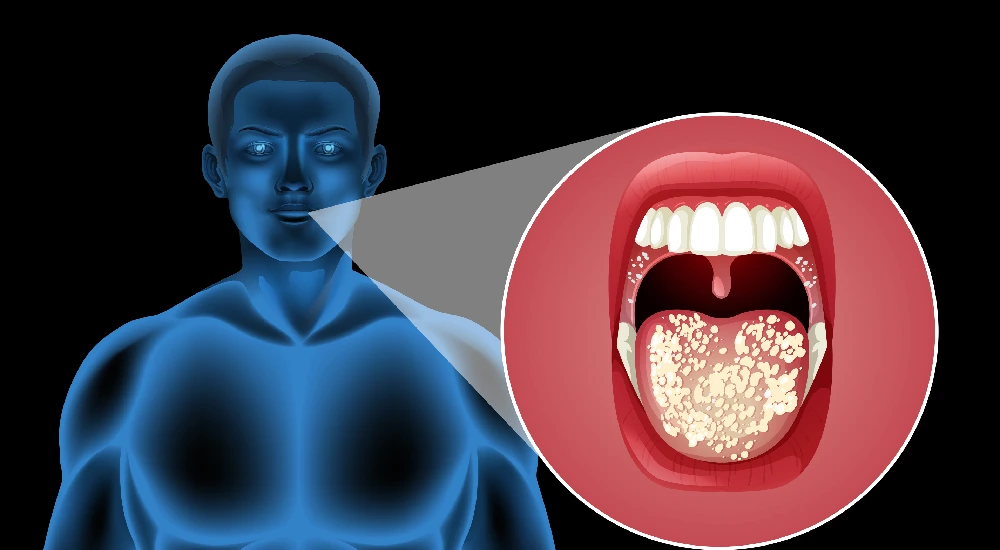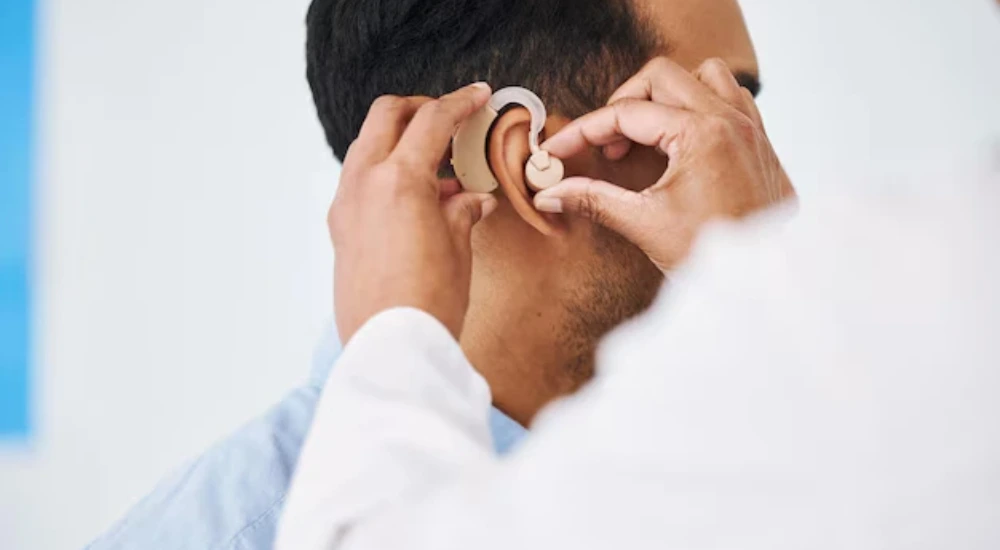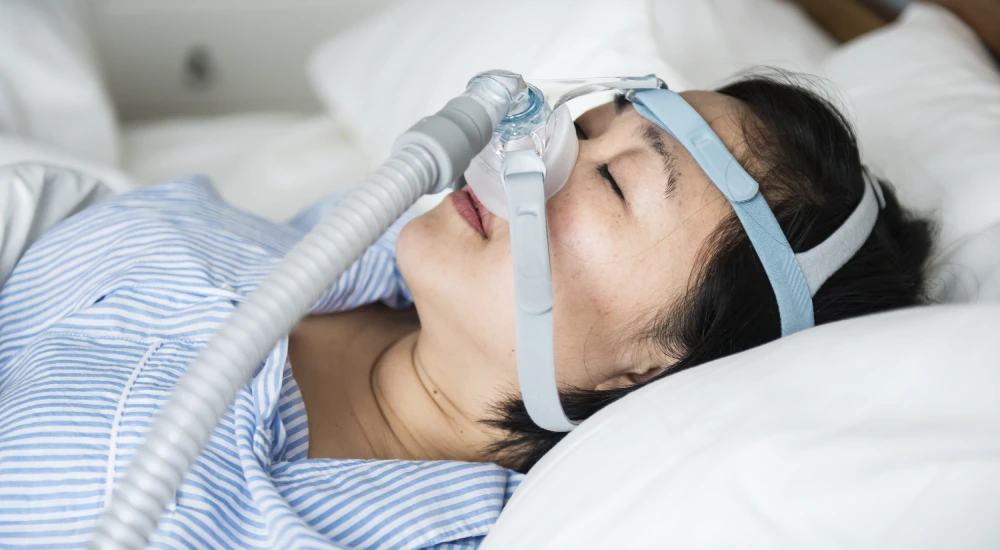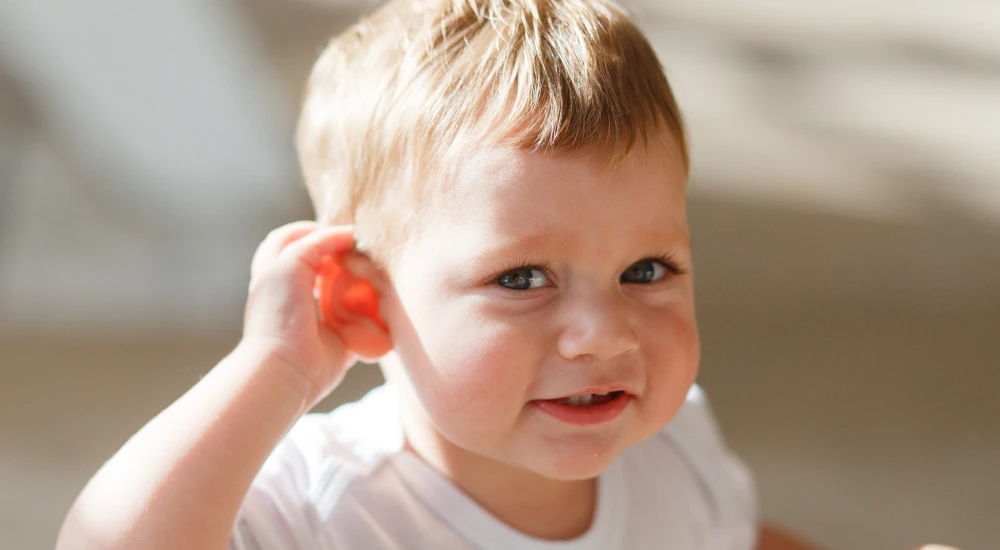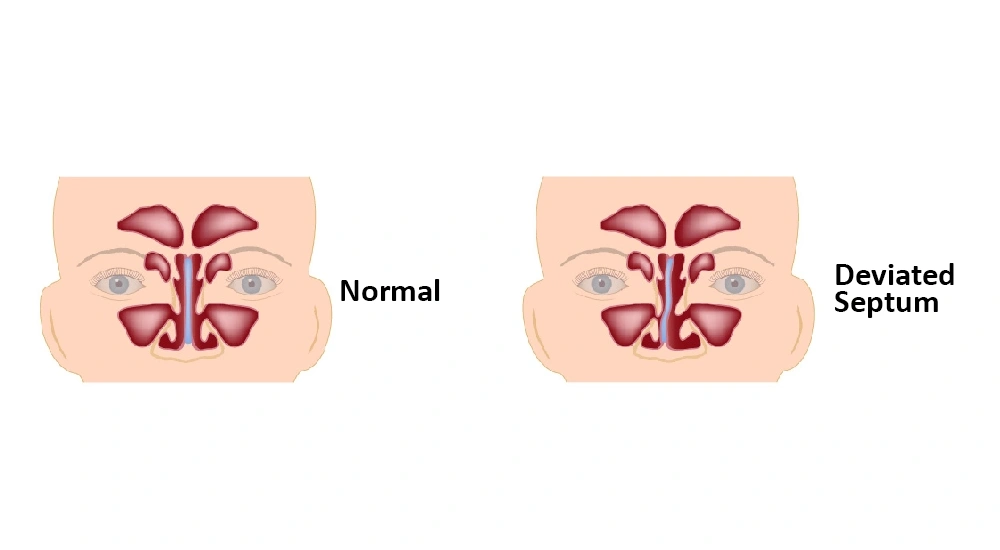
Treat your Deviated Septum
A nasal septum is the thin wall made of bone and cartilage that divides the nasal cavity into two equal halves, the right and left air passages.
It is covered with skin and has a rich blood supply. Deviated nasal septum is a condition in which the nasal septum gets displaced from its normal position making one air passage smaller or constricted than the other, which makes breathing difficult. It is estimated that in about 80% of the population the nasal septum is misaligned that is, it is little off-centre (which can even go unnoticed).The problem arises only in severe imbalances causing difficulty in breathing, which requires prompt attention.
Causes of Deviated Nasal Septum
Congenital: Deviated septum which is present at the time of birth, may occur during foetal development and can also happen because of injury to the nose during birth.
Acquired: Deviated septum that occurs after birth. The most common reason is injury or trauma to nose e.g. in blunt injuries during contact sports, playground games or a road trauma.
Symptoms of Deviated Nasal Septum
- Nasal congestion and Difficulty in Breathing: Nasal congestion or ’’stuffy nose’’ is the most common symptom experienced in people with Nasal Septum Deviation. Usually one of the two air passages (nostrils) becomes narrow which alters the airflow in respective side of the nose and may also block it. This can lead to problems in breathing which can aggravate during any upper respiratory tract infection (such as cough and cold or allergies), as this may cause further narrowing of the affected air passages.
- Susceptibility to Sinusitis: Sometimes sinus openings can also get blocked which can lead to sinusitis (infection of the sinus).Recurrent sinus infections can lead to chronic sinusitis.
- Frequent Nose Bleeds: Altered airflow within the nose can cause skin of the nasal septum to become dry causing frequent nosebleeds.
- Facial Pain: Severely deviated nasal symptom can also become the cause of facial pain on the respective side.
- Noisy Breathing and Snoring during sleep: Loud breathing while sleeping in infants and young children and Snoring in adults has been noticed.
- Post Nasal Drip (PND) or ‘’Runny nose’’: PND as in Sinusitis, inflammation of nasal mucosa causes excess mucus production which can get accumulated in the throat or back of the nose causing runny nose.
- Sleep Apnoea: Severely deviated septum can also become a cause for sleep apnoea.
- Preference for sleeping on one particular side: due to blocked air passage, some people may prefer to sleep on one particular side to optimise breathing through nose, while sleeping.
- Anosmia: A deceased sense of smell can also be observed.
Treatment for Deviated Nasal Septum
Initial treatment usually involves medication with Steroid nasal sprays that help in reducing swelling associated with nasal allergies. Their excessive use in contraindicated as it can lead to blockage of nasal passages again.
Sometimes medication alone is not sufficient to provide adequate relief, in such cases surgical approach known as Septoplasty is required. Septoplasty is done on an outpatient basis under local or general anaesthesia and usually takes an hour or two. The patient is usually discharged on the same day of surgery, following a few hours of observation. This procedure is done to move the nasal septum to its normal position or sometimes to remove the extra bone or cartilage to even out the air passages or sometimes may involve septal reconstruction also.
Sometimes Septoplasty is combined with Rhinoplasty (a procedure to reshape the external appearance of the nose) then the surgery is called ‘’Septorhiniplasty’’.
Nasal dilators are the new approach in treating breathing difficulties in deviated septum patients. It is a biocompatible, patient friendly appliance which fits inside the nostrils and prevents them from collapsing. Balloon septoplasty is also a new technique that can help avoid surgery (helpful in milder cases only).
However by taking some simple safety precautions such as wearing a proper helmet while playing sport and wearing the seatbelt while driving car, to avoid injury we can prevent the nasal septum deviation.
Share This Story, Choose Your Platform!

